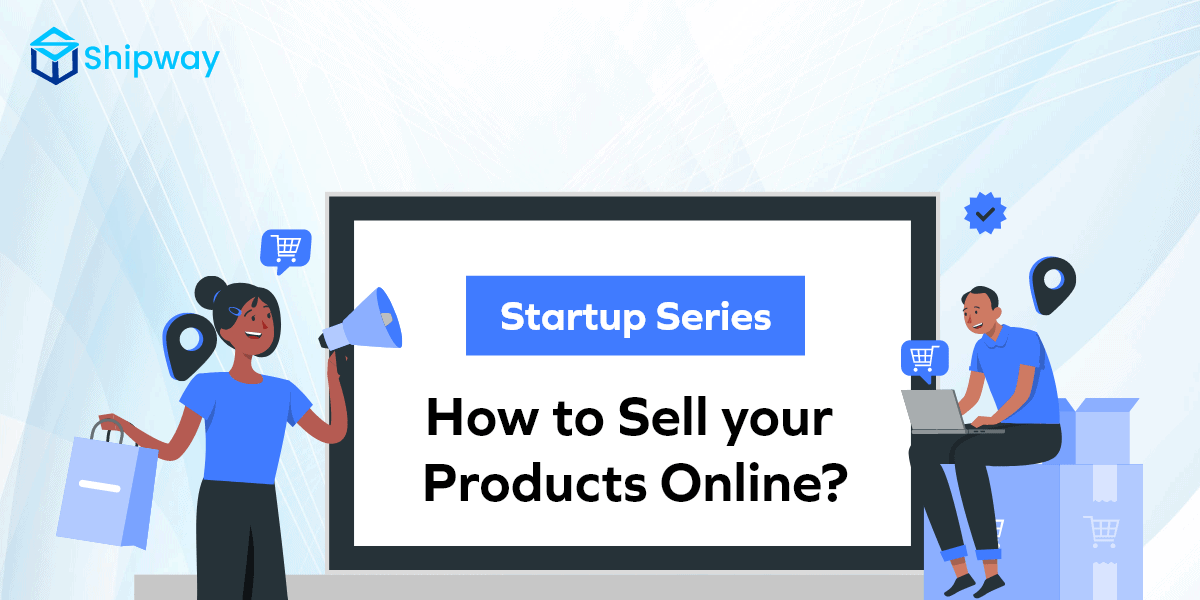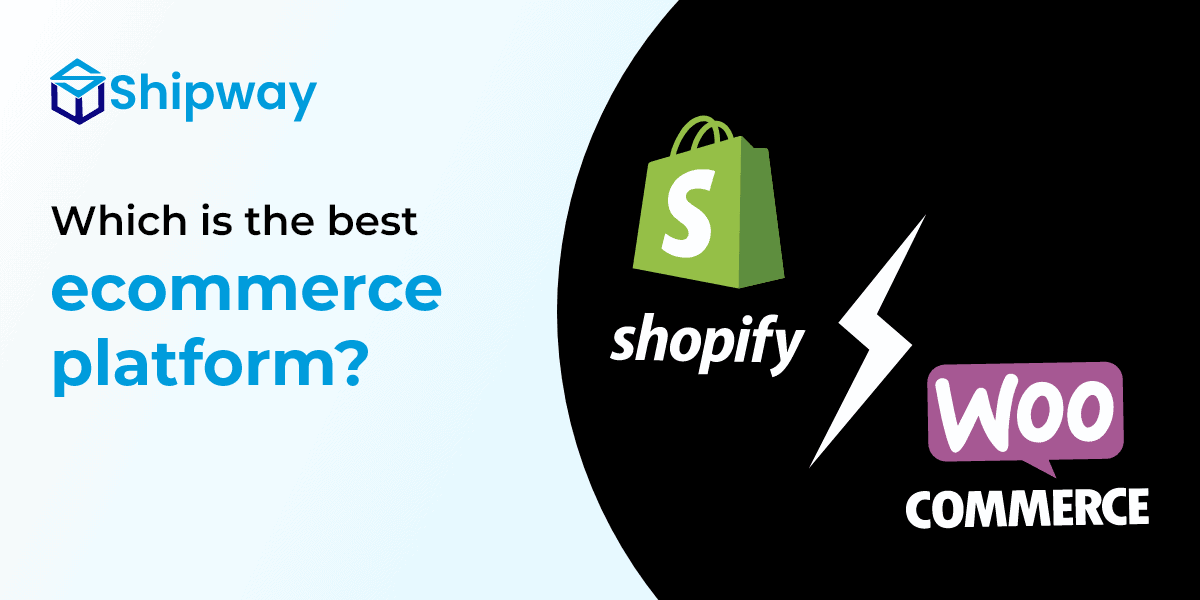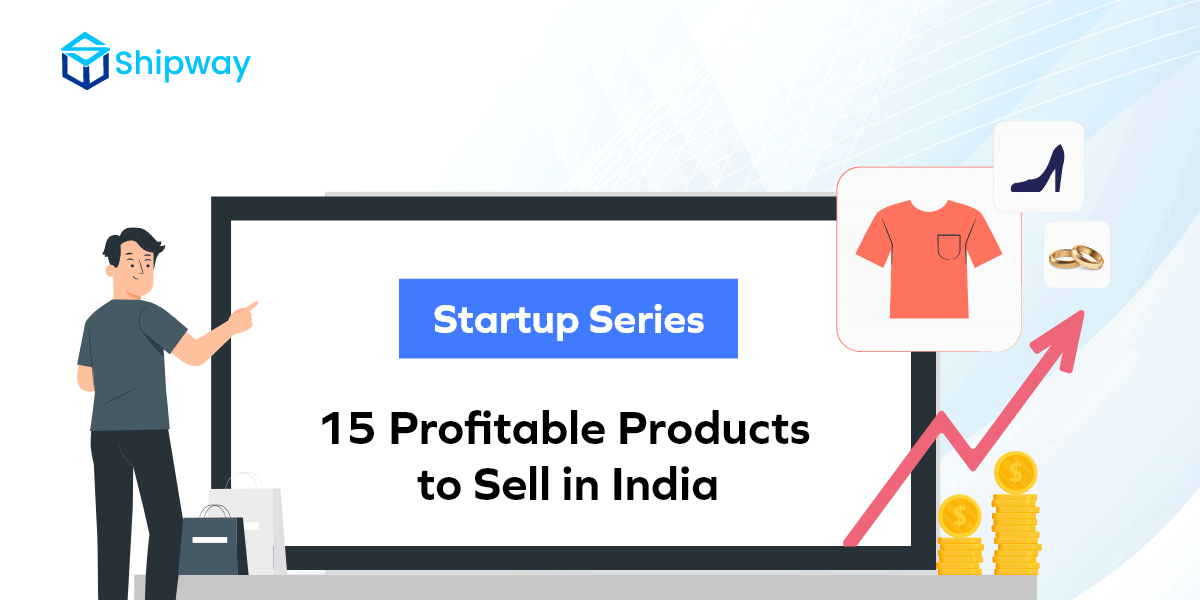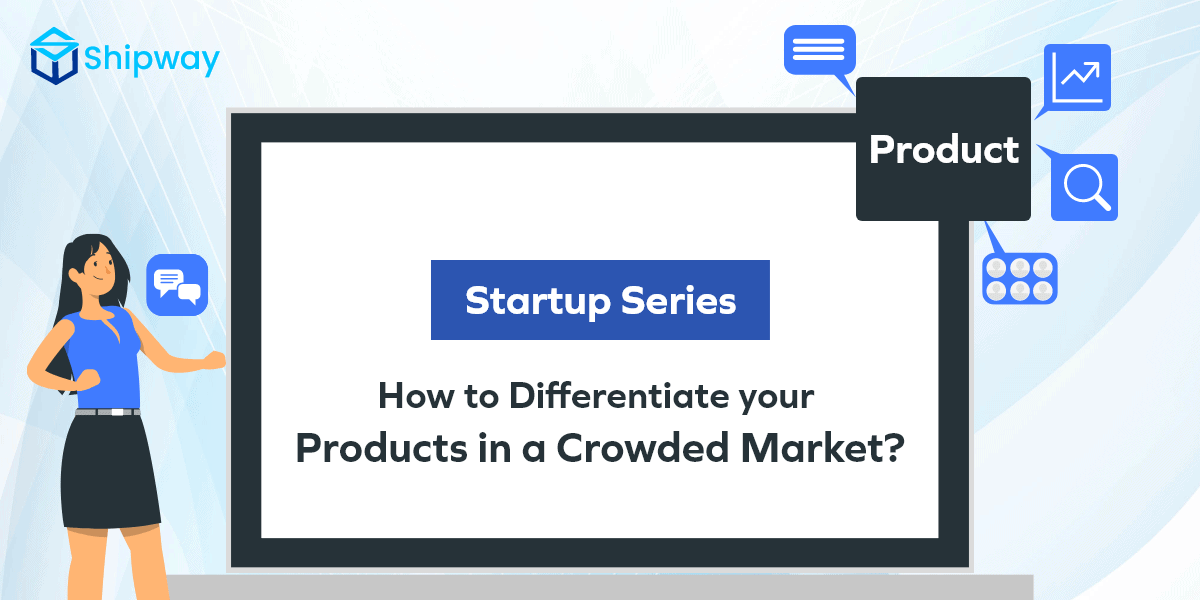Already deciphered the right product for your eCommerce brand? What’s next?
Coming up with an effective strategy to sell your products online. Isn’t it?
Selling products online has become increasingly popular as customers prefer shopping through apps and websites. Probably, you already know that. Hence, let’s the straight way dive into the most effective strategies that will help you in selling your product online!
1. Define your Target Audience

The first step in selling your product online is to identify your target audience. Who are your ideal customers? What are their demographics, interests, and pain points? Understanding your target audience will help you tailor your marketing efforts and product positioning effectively.
2. Conduct Market Research

Before you start selling your product online, it’s crucial that you do thorough research on your market. Identify your competitors, and analyze their pricing strategies, product features, and marketing tactics. This information will enable you to differentiate your product and identify unique selling points to attract customers.
3. Develop a Compelling Product Description

Create a captivating product description that highlights your product’s benefits, features, and uniqueness in a short and crisp way. Use persuasive language and focus on how your product solves a problem or fulfills a need. High-quality product images and videos are also essential to showcase your product effectively.
4. Set Competitive Pricing

Pricing plays a significant role in online sales. Research the market to determine the optimal price point for your product. Consider factors like production costs, competitors’ prices, and perceived value. If necessary, run promotions or offer discounts to incentivize customers and gain a competitive edge.
5. Choose an eCommerce Platform

Selecting the right eCommerce platform is crucial for a smooth selling experience. Consider factors such as ease of use, customization options, payment gateways, and security. Popular platforms like Shopify, WooCommerce, and Magento offer user-friendly interfaces and comprehensive features to streamline your online business.
6. Optimize your Product Pages for SEO

To increase your product’s visibility in search engine results, optimize your product pages for search engine optimization (SEO). Use relevant keywords in your titles, descriptions, and content. Create unique and engaging product titles and meta descriptions to attract clicks from searchers.
7. Implement a Seamless Checkout Process
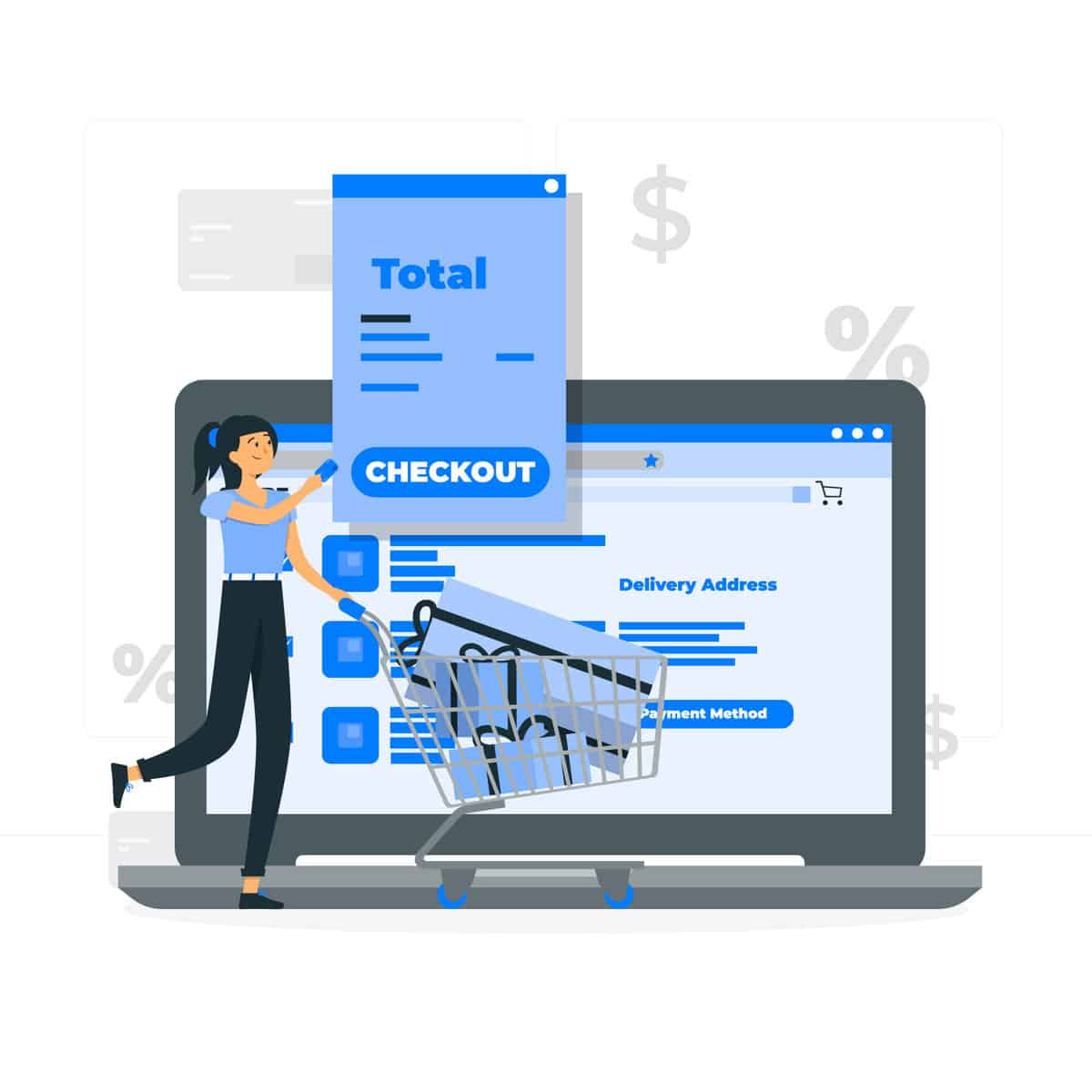
Simplify your checkout process to minimize cart abandonment. Ensure that your e-commerce platform provides a secure and user-friendly checkout experience. Offer multiple payment options and streamline the steps required to complete a purchase.
8. Provide Exceptional Pre-purchase and Post-Purchase Customer Experience

Deliver outstanding customer service to build trust and loyalty. Whether it’s pre-purchase or post-purchase, you should enhance customer experience at all stages.
With an easy checkout process, discounts, short and crisp product descriptions, and an easy-to-use website, you can make the trailer a.k.a pre-purchase customer experience amazing for the customers.
When it comes to post-purchase experience, you should get a shipping automation provider for transparent communication and timely delivery.
9. Leverage Social Media & Influencer Marketing

Utilize social media platforms to promote your product. Identify platforms where your target audience is active and create engaging content to build brand awareness. Collaborate with influencers or bloggers in your niche to expand your reach and gain credibility.
10. Analyze & Optimize

Continuously monitor your sales, customer feedback, and website analytics. Use this data to identify trends, improve your marketing strategies, and optimize your product listings. Regularly update your product descriptions, images, and pricing based on customer preferences and market demands.
You may also like…
Shopify vs WooCommerce: Best E-Commerce Platform in 2024
When embarking on your e-commerce journey, choosing the right e-commerce platform can make or break your business. With Shopify and WooCommerce...
read moreStartup Series: 15 Profitable Products to Sell in India!
Are you an aspiring entrepreneur planning to start a direct-to-consumer (D2C) brand in India? Choosing the right product to sell is a crucial...
read moreStartup Series: How can D2C Startups Differentiate their products in a Crowded Market?
Navigating a saturated market can be an uphill battle, especially when the products or services you offer face stiff competition. This dilemma often...
read more
